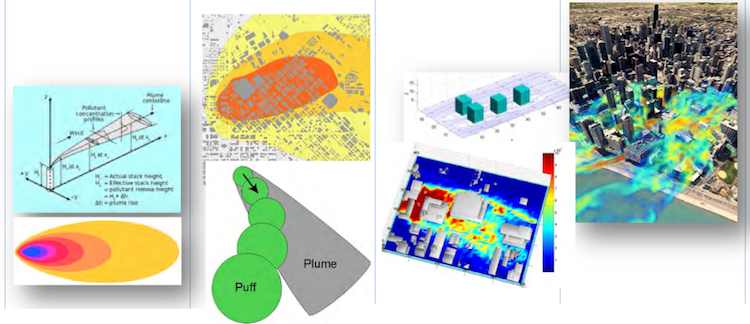Use of Models - Preparedness and Response Intermediate

Reading Guide
A report authored by Michael Pirhalla, M.S., U.S. Environmental Protection Agency (US EPA) discusses Dispersion Modeling Systems Relevant to Homeland Security Preparedness and Response. The abstract of the report states:
"The goal of this report is to explain the fundamental concepts of atmospheric transport and dispersion and provide a comprehensive database of dispersion models that can be used for emergency preparation and response to facilitate discussion between public, private, academic, and/or government sectors. The abundance of available modeling options creates confusion and results in challenging decisions regarding the type of model to be used during different scenarios. A comprehensive dispersion model review of this magnitude has also not occurred recently. This report provides a literature review of previous model review efforts to lay the foundation for this updated database, provides introductory concepts on boundary layer meteorology and the types of dispersion models available (e.g. Gaussian Plume or Puff, Lagrangian, or CFD models), and outlines a comprehensive list of 96 dispersion models that could be considered for wide-area release risks. Sixteen of those models were selected for a more detailed two-page review due to their potential applicability and usefulness for emergency response. This model review is not meant to recommend or endorse a specific model, but to provide users with a resource of available modeling options. Even though no single model tends to have all the capabilities that are beneficial during the consequence management of a wide area release, this report is meant to identify the strengths and limitations so users can make informed decisions."
Material
Guide prepared by P. Zannetti (4/2021). For corrections or expansions please contact us.